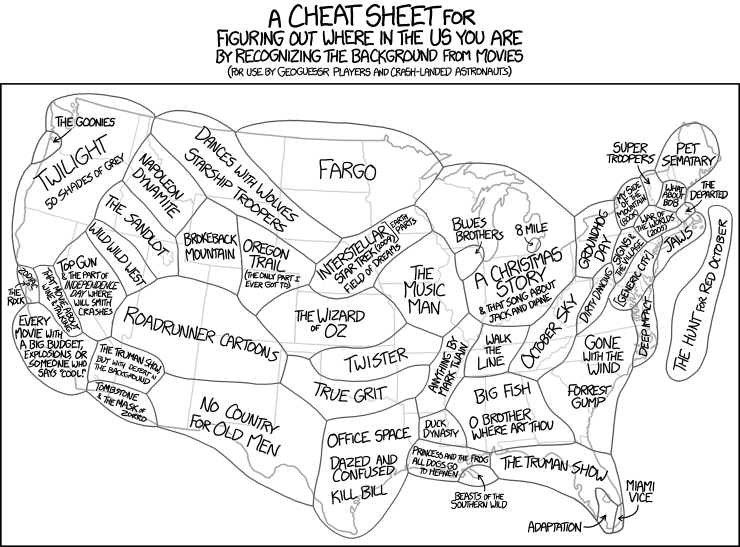 |
| Children's Nest Egg, 2007. Full Spring Studio |
The
Mississippi River symposium I've been attending this week and
wrote about yesterday, concluded this morning. This afternoon, I find myself reflecting on the symposium in terms of the story of scale - the scale of water issues, the scale of human influence, and the scale of the Earth itself.
Images from Children's Nest Egg (2007) run alongside this post, as prior art explorations on the theme of our size and place in the world.
One of the final symposium panelists was Kate Brauman, Global Water Initiative, Institute on the Environment, University of Minnesota. She said some things that illustrate
the way we use facts to support narratives - or perhaps just trigger narratives by the way we express facts, whether intentional or not. She noted, for example, how when we say the Mississippi River is the third-largest watershed in the world - just how big that seems. And when we say that usable fresh water is a small percent of all the world's water, how small that seems.
Depending on the context of conversation, fresh water and the river are cast very differently in our story in terms of their scale, which I would argue, also implies different power relationships between humans and water. "Small" water, is conceptually fragile, precious, and needing of our care. While "large" water might represent abundance, a paternal/maternal sense, or in times of flood, a not-so-benevolent overtaking character.
The scale of our relationships can also imply different kinds of response, and responsibility.
In terms of problems like climate change, do relatively "small" humans adapt, whereas relatively "large" humans mitigate?
Several times throughout the symposium, speakers said that whatever we do, the river will survive and that the question is what we want to see the river be - what scenario do we want to play out. This stance, of humans as responsible designers of the future, seems to also have a shadow side to me -- a perception of ourselves as, what speaker and artist Mona Smith called, "
puppet masters." We understand the humbling corrective to human presumption in that phrase, but isn't this also underlying the narrative of the "Anthropocene" which casts humans as the largest, most powerful character in the current story of the world?
 |
| Children's Nest Egg, 2007. Full Spring Studio |
Near the end of the discussion, there was an exchange that contrasted the rhetorical question: "Do we want heavy metals in the river?" [of course not] with a deeply concerned response about how we could even ask that question, about the river, "our mother." To me this was not only a cultural question of what is sacred, but also
a question of how large we think we are as humans, and what that implies in terms of what questions are even appropriate to ask. All members of the concerned community caring about the river in that room have mostly common aims, I believe, even as they have different methods, and stories. Not just the artists, but all in the room, work in the context of stories, explicit or not. I hope the exchange of this week makes our stories more complex, so that they help us see ourselves both large enough to take responsible action, and small enough to do so with great humility.



















